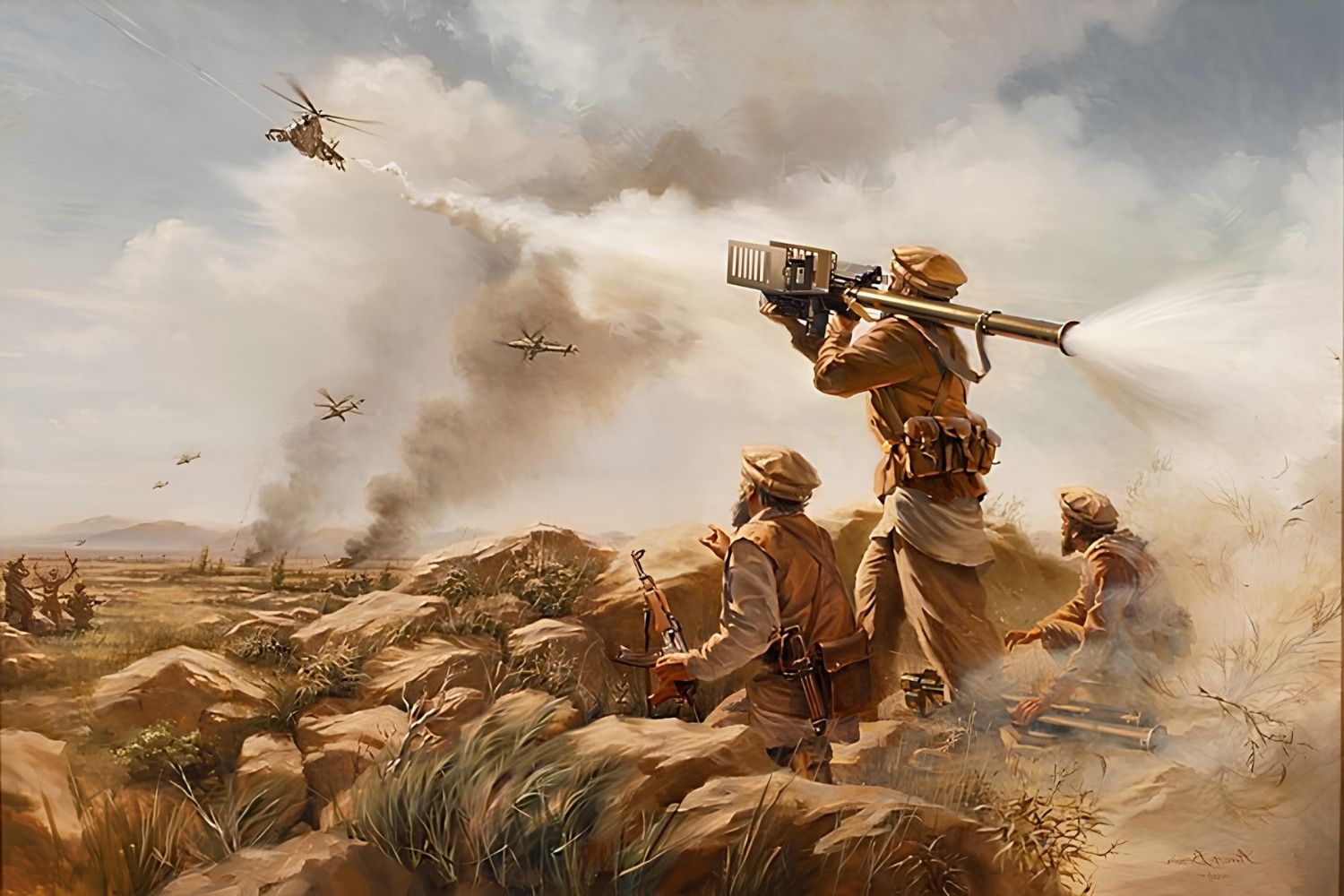
What sparked the Afghan Tribal Revolt of 1955? The Afghan Tribal Revolt of 1955 was ignited by tensions between the central government and various tribal groups. The government, led by Prime Minister Mohammed Daoud Khan, attempted to modernize and centralize control, which clashed with the traditional autonomy of the tribes. This friction led to widespread unrest and rebellion. The tribes, feeling marginalized and threatened by the government's policies, took up arms to defend their way of life. This revolt highlighted the deep-rooted cultural and political divisions within Afghanistan, setting the stage for future conflicts. Understanding this revolt provides insight into the complex dynamics that continue to shape Afghanistan today.
Key Takeaways:
- The Afghan Tribal Revolt of 1955 was driven by tribal groups feeling marginalized, leading to intense battles and long-lasting impacts on Afghan society, including increased militarization and ethnic divisions.
- The revolt highlighted the struggle between modernization and traditional values, and its legacy continues to shape Afghanistan's political landscape, emphasizing the importance of addressing tribal grievances for stability.
Background of the Afghan Tribal Revolt of 1955
The Afghan Tribal Revolt of 1955 was a significant event in Afghanistan's history. It involved various tribal groups rising against the central government. Understanding the context and details of this revolt provides insight into Afghanistan's complex socio-political landscape.
- The revolt was primarily driven by Pashtun tribes who felt marginalized by the central government.
- The central government, led by Prime Minister Mohammed Daoud Khan, aimed to modernize Afghanistan, which clashed with traditional tribal values.
- The revolt was partly fueled by economic disparities between urban and rural areas.
- Tribal leaders were concerned about losing their traditional authority and influence.
- The revolt highlighted the deep-seated ethnic and regional divisions within Afghanistan.
Key Events During the Revolt
Several key events marked the course of the Afghan Tribal Revolt of 1955. These events shaped the trajectory of the conflict and its aftermath.
- The revolt began in the eastern provinces of Afghanistan, where tribal influence was strongest.
- Initial skirmishes between tribal fighters and government forces were intense and bloody.
- The central government responded with a combination of military force and political negotiations.
- A significant battle took place in the Kunar Valley, resulting in heavy casualties on both sides.
- The government imposed martial law in affected areas to restore order.
Government Response and Strategies
The central government's response to the revolt was multifaceted, involving both military and political strategies.
- Prime Minister Daoud Khan sought support from neighboring countries to quell the revolt.
- The government used propaganda to portray the revolt as a threat to national unity.
- Efforts were made to co-opt tribal leaders by offering them positions within the government.
- Economic incentives were provided to tribes willing to support the central government.
- The government also implemented reforms aimed at addressing some of the grievances of the tribal population.
Impact on Afghan Society
The Afghan Tribal Revolt of 1955 had a lasting impact on Afghan society, influencing subsequent political developments and social dynamics.
- The revolt exposed the limitations of the central government's control over rural areas.
- It led to increased militarization of tribal regions, with many tribes acquiring modern weapons.
- The conflict deepened ethnic and regional divisions within Afghanistan.
- The revolt contributed to a growing sense of Pashtun nationalism.
- It also highlighted the challenges of balancing modernization with traditional values in Afghanistan.
Legacy of the Revolt
The legacy of the Afghan Tribal Revolt of 1955 continues to be felt in Afghanistan's political and social landscape.
- The revolt is often cited as a precursor to later conflicts in Afghanistan, including the Soviet invasion and the rise of the Taliban.
- It underscored the importance of addressing tribal grievances in any effort to stabilize Afghanistan.
- The revolt demonstrated the resilience and strength of tribal networks in Afghanistan.
- It also showed the potential for tribal leaders to play a significant role in national politics.
- The Afghan Tribal Revolt of 1955 remains a key event in understanding Afghanistan's complex history and ongoing challenges.
The Lasting Impact of the Afghan Tribal Revolt of 1955
The Afghan Tribal Revolt of 1955 left a significant mark on Afghanistan's history. This uprising highlighted the deep-rooted tensions between the central government and tribal leaders. It also underscored the importance of understanding local dynamics in a country with diverse ethnic groups. The revolt led to changes in government policies, aiming to better integrate tribal regions into the national framework. Although the immediate conflict was resolved, the underlying issues persisted, influencing future political and social developments. This event serves as a reminder of the complexities involved in governing a nation with a rich tapestry of cultures and traditions. Understanding these historical events helps us appreciate the challenges and resilience of the Afghan people. The revolt's legacy continues to shape Afghanistan's path, reminding us of the importance of addressing local grievances to achieve lasting peace and stability.
Frequently Asked Questions
Was this page helpful?
Our commitment to delivering trustworthy and engaging content is at the heart of what we do. Each fact on our site is contributed by real users like you, bringing a wealth of diverse insights and information. To ensure the highest standards of accuracy and reliability, our dedicated editors meticulously review each submission. This process guarantees that the facts we share are not only fascinating but also credible. Trust in our commitment to quality and authenticity as you explore and learn with us.
